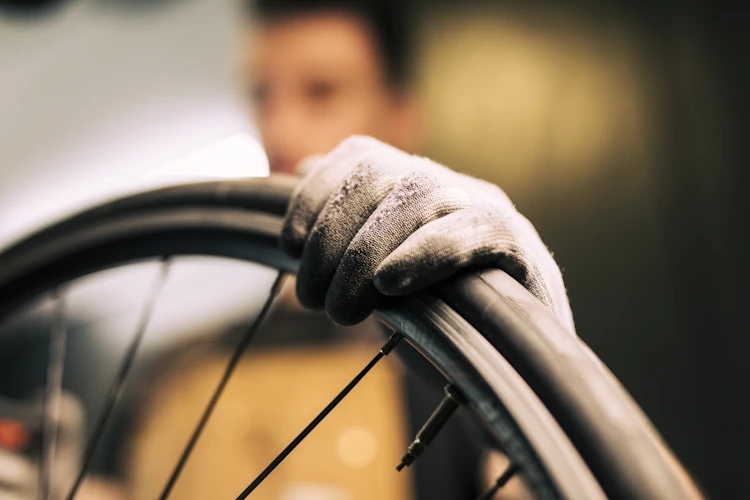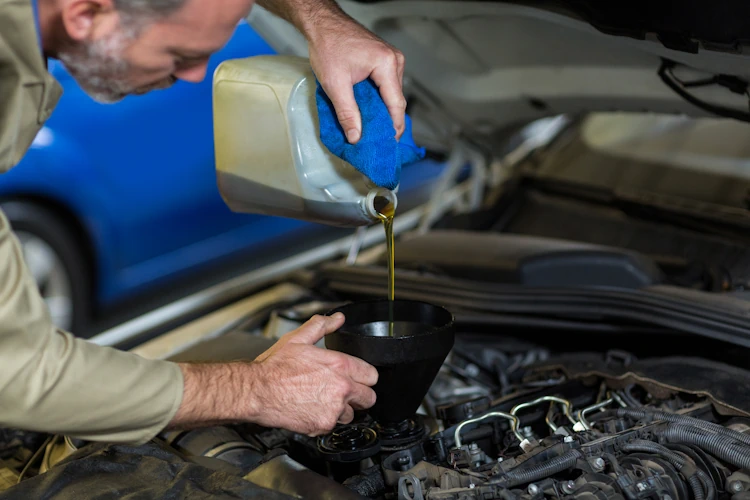When you’re out on the road or trail, encountering a flat tire can quickly put a damper on your cycling adventure. However, with the right tools and equipment at your disposal, you can tackle punctures efficiently and get back to enjoying the ride in no time. In this comprehensive guide, we’ll explore the essential components of a puncture repair kit for cyclists and provide valuable insights on building the perfect kit to suit your needs.
Understanding the Basics of Puncture Repair
Before delving into the specifics of assembling a puncture repair kit, it’s essential to understand the basics of puncture repair. When a tire is punctured, air escapes from the inner tube, causing the tire to deflate. The key to repairing a puncture is to locate the source of the leak, patch the hole in the inner tube, and reinflate the tire to the appropriate pressure. Carrying the right tools and equipment is crucial for efficiently completing these tasks and getting back on the road.
Tire Levers: The Foundation of Your Repair Kit
Tire levers are essential tools for removing tires from rims, making them a cornerstone of any puncture repair kit. When a tire needs to be replaced or repaired, tire levers provide the leverage necessary to pry the tire away from the rim without damaging the wheel or tire. There are various types of tire levers available, ranging from simple plastic levers to more durable metal options. When selecting tire levers for your repair kit, consider factors such as durability, ease of use, and portability.
Patch Kits: Your First Line of Defense Against Punctures
Patch kits contain everything you need to repair punctured inner tubes quickly and effectively. Typically, a patch kit includes patches of various sizes, sandpaper for roughening the area around the puncture, and adhesive for securing the patch to the tube. When selecting a patch kit, look for one that is compact, lightweight, and easy to carry in your saddlebag or backpack. Additionally, opt for high-quality patches and adhesive to ensure a reliable and long-lasting repair.
Spare Tubes: The Ultimate Quick Fix
Carrying spare tubes is a wise precaution for cyclists, providing a quick and convenient solution to punctures that cannot be repaired on the road. When selecting spare tubes for your repair kit, be sure to choose the correct size and type for your tires. It’s also a good idea to carry multiple spare tubes, especially on longer rides or in remote areas where access to replacement tubes may be limited.

Portable Pumps and CO2 Inflators: Bringing Tires Back to Life
After repairing a puncture, reinflating the tire is essential for getting back on the road. Portable pumps and CO2 inflators are compact and lightweight tools that allow cyclists to quickly and easily inflate their tires, even in remote locations. Portable pumps use manual power to inflate tires, making them a reliable option for longer rides or situations where CO2 cartridges may not be readily available. CO2 inflators, on the other hand, use compressed CO2 cartridges to rapidly inflate tires, offering a convenient solution for quick fixes on the road.
Multi-Tools: Your Swiss Army Knife for Bike Repairs
In addition to puncture repair tools, carrying a multi-tool is essential for addressing various mechanical issues that may arise while cycling. Multi-tools typically include a combination of wrenches, screwdrivers, and other tools necessary for making adjustments and repairs on the go. When choosing a multi-tool for your repair kit, look for one that is compact, lightweight, and includes the tools you’re most likely to need during rides. Additionally, consider features such as chain breakers and spoke wrenches if you anticipate needing to perform more extensive repairs while cycling.
Additional Considerations and Accessories
In addition to the essential tools and equipment mentioned above, there are several optional accessories that can enhance your puncture repair kit:
- Tire boots: Used to temporarily reinforce damaged tires or tubes, tire boots are essential for addressing larger punctures or sidewall damage.
- Valve extenders: Valve extenders allow cyclists to access hard-to-reach valve stems, making it easier to inflate tires with deep rims or disc wheels.
- Saddlebags or frame mounts: Carrying your repair kit in a saddlebag or frame mount ensures that it’s easily accessible during rides and reduces the risk of forgetting essential tools at home.
When assembling your puncture repair kit, consider your individual needs and preferences to create a kit that is tailored to your cycling style and riding habits.
A well-equipped puncture repair kit is an essential companion for cyclists, providing the tools and equipment needed to handle flat tires and other mechanical issues on the road. By carefully selecting and assembling the right tools for your kit, you can enjoy peace of mind knowing that you’re prepared for whatever challenges the road may throw your way. So, before your next ride, take the time to build the perfect puncture repair kit and ride confidently knowing that you’re prepared for anything.
FAQ (Frequently Asked Questions)
Q: Can I use duct tape as a temporary patch for a punctured tube?
A: While duct tape can serve as a temporary fix in emergencies, it’s not a reliable long-term solution. Patch kits offer a more secure and durable repair.
Q: How many spare tubes should I carry on a ride?
A: It’s a good idea to carry at least one spare tube, but depending on the length and difficulty of your ride, you may want to carry multiple tubes.
Q: Are there any alternatives to tire levers for removing tires?
A: In a pinch, you can use household items like spoons or the edge of a credit card as makeshift tire levers, but dedicated tire levers offer better leverage and reduce the risk of damaging your rims.
Q: Can I repair tubeless tires with a patch kit?
A: Patch kits are designed for repairing inner tubes and may not be effective for tubeless tires. In most cases, you’ll need to use sealant to repair punctures in tubeless tires.
Q: What’s the difference between a floor pump and a portable pump?
A: Floor pumps are larger and more powerful, making them ideal for home use, while portable pumps are compact and lightweight, making them suitable for carrying on rides.
